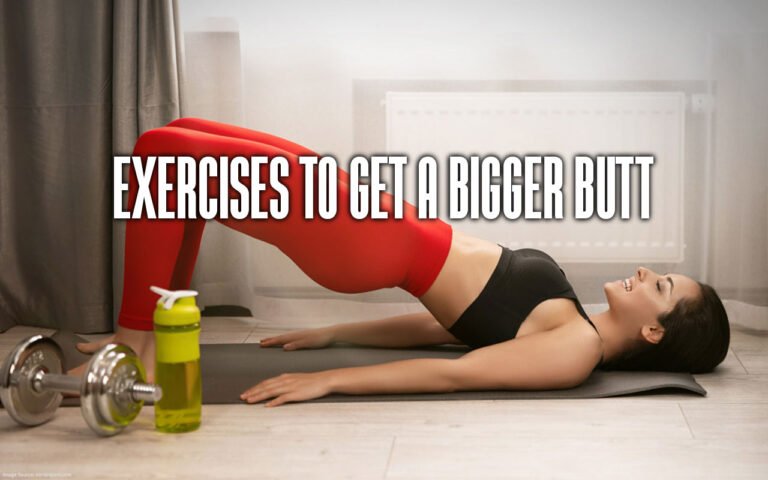
After a hard-charging workout session, you’re drenched in sweat—so does all that perspiration implies you’re burning more calories than usual? It makes sense; sweating a lot suggests you’re working hard and consuming additional energy. Does sweating burn calories, or is it all in our heads? We brought the science to the professionals for answers.
What causes sweating
First, let’s discuss the function of sweating: Your body sweats to protect you from overheating rather than to burn calories. Sweating is the body’s method of cooling itself when it is hot. “Sweating is the mechanism by which our bodies cool down while exercising or under other heat stress,” explains Thad E. Wilson, Ph.D., a professor in the department of physiology at the University of Kentucky College of Medicine. (His research is devoted to sweat glands and skin blood flow.)
It may be tough to comprehend—particularly when you’re in the middle of a HIIT session—but the activity does not cause sweating. Instead, exercise stimulates an increase in internal temperature, which signals to your body that it’s time to sweat for you to cool down.
More sweat doesn’t mean more calorie burn
In and of itself, the sweating has no impact on how many calories you burn. It is true that moving the ions that allow water to flow into glands and be released as sweat takes effort, but not much. Sweating, in other words, requires energy but not enough to significantly impact how you feel or what you weigh. Sweating is only an indication that you have lost water, not body fat.
In general, physical activity burns calories. The more you use powerful muscle groups, the more calories your body absorbs—and the more incredible amount of heat (and sweat) it generates.
This calorie consumption is much more significant while performing an aerobics activity than when doing a weight-training exercise. Even though you’re not sweating as much, you may need to towel off less if you’re doing a weight or interval workout and resting between sets. That doesn’t imply you didn’t get a good workout, burn calories, or build strength; it simply means that your body temperature did not rise as much.
Everyone sweats at different rates
It’s not essential whether you’re sweating more than your friend and could mop the floor while she is barely glistening. Sweating is a complicated process that varies widely from person to person. If you’re used to hot weather, you’ll probably sweat more at first since your body understands how to cool itself effectively. Different people sweat at various temperatures, too.
Bottom line: The amount of sweat you produce is a faulty method to calculate calorie expenditure. Sweating buckets does not always indicate a fantastic workout. “Sweating a lot indicates that your body has become very hot due to the exercise and needs to cool down.” You’re still undecided whether or not to buy it? Here’s an experiment for you: go out in the sun at 2 p.m. on an uncommonly warm day, and you’ll most likely sweat more than if you went out on a highly chilly, dark day—but you’ll burn roughly the same amount of calories.
If you want to find out how challenging or exhausting your workout is, keep an eye on your heart rate. This can necessitate specialized equipment, such as a heart rate monitor, health tracker, or app. If you don’t have access to those, use the Rate of Perceived Exertion (RPE) scale to score yourself. You may give the workout a 1 to 10 based on how challenging you find it. You won’t know exact figures, but you will be able to compare various activities and indicate when you’re making it simpler than usual and killing it.








